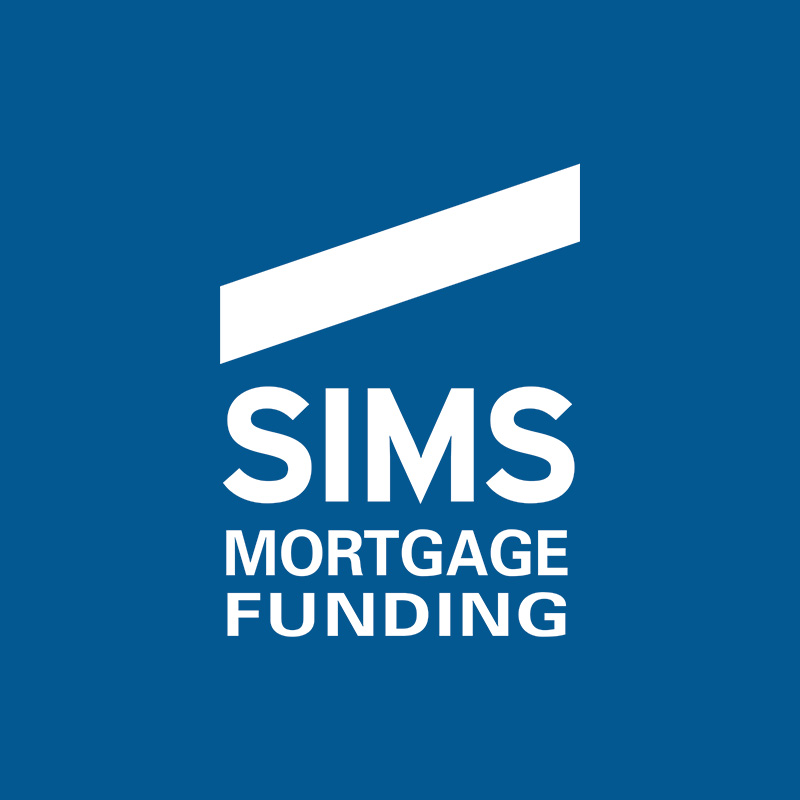One of the trendier types of real estate these days are BTRs and SFRs. Wut? Build To Rental (BTRs) and Single Family Rentals (SFRs) are single-family homes and/or combinations of single-family and attached homes or townhouses that are operated as a multifamily rental community. They feature apartment-type amenities and provide residents with more space and the appearance of home ownership on a rental budget. Wall Street and a host of other institutional investors have deployed significant capital towards the acquisition and development of BTRs and SFRs.
Hmmm, HUD has mortgage insurance programs for multifamily construction, acquisition, and refinance. Might they get in on the BTR and SFR action? The answer is a definite…maybe!
HUD’s current position is summarized in a 2021 Administrative Memorandum, where they indicate that they will entertain BTR/SFR proposals provided that at least 50% of the buildings contain four-plex homes. However, our sources deep within HUD tell us that the 2021 Memo is up for revision, so there will be more to come over the next few months. Contact us if you want a copy of the current Memo as a guideline – it is light reading, really!
Developers, borrowers, and mortgage lenders are all too familiar with NOI, DSCs, LTCs and LTVs. During the last credit crunch in 2010, HUD-insured financing provided a necessary capital source as traditional multifamily lending platforms became prohibitively expensive or drastically curtailed lending activities.
Faced with higher loan volumes and a wave of first-time participants, HUD instituted several risk mitigation measures that increased debt service coverage (DSC) ratios on net operating income (NOI) and lowered loan-to-cost (LTC) and loan-to-value (LTV) ratios. Looking back, it is fair to say that these measures were successful, as HUD has experienced extremely low claims on their multifamily portfolio. (The same is true for their healthcare portfolio).
Might the pendulum be swinging back? In light of a dramatic drop off in multifamily volume, HUD is looking for ways to spur loan production and is considering a restoration of DSC and LTV/LTC ratios back to the traditional, pre-risk mitigation levels. That means for a market-rate multifamily deal, a 1.11 DSC as opposed to a 1.176 and an 90% LTC/LTV instead of 85%.
Given the higher interest rates we are seeing these days, a drop in DSC would be delightful. Based on current rates, for every $100,000 in NOI, the lower DSC requirement can support an additional $71,000 in loan proceeds.
Stay tuned for additional updates.

